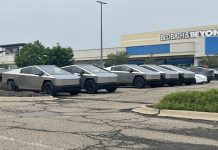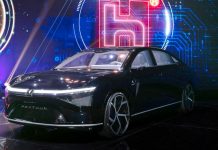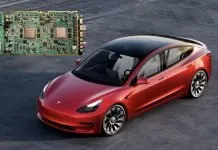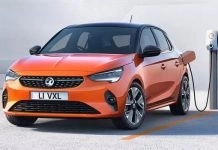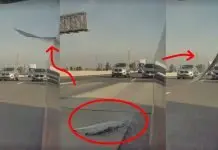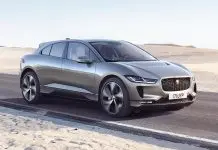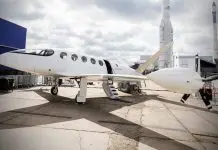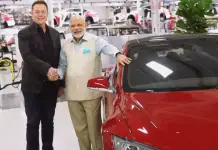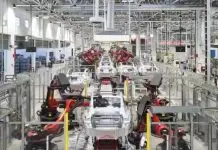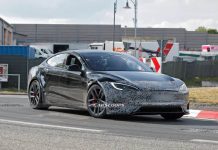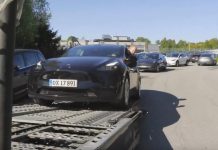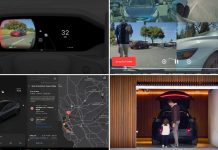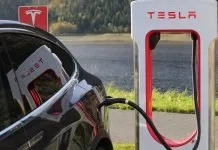This week, Uber CEO Dara Khosrowshahi openly complimented Tesla’s progress towards evolving autonomous vehicles, specifically the Cybercab, a robotaxi. A few months earlier in an interview with the Financial Times, Khosrowshahi admitted to the competitive pressure posed by Musk, saying the following, “Obviously, competing with Elon Musk is no easy matter, and we take nothing for granted; we really want to partner with the autonomous industry”.
However, he also demonstrated a high willingness to partner with Tesla, saying the following “We’d love to have it on the platform, but if not, I don’t think this is going to be a winner-take-all marketplace. We believe in the spirit of partnership; we’ll see what Tesla does” stating that he would ‘love’ to include Tesla robotaxis into Uber’s network once the firm is prepared to send.

Uber Wants to Bring Tesla Robotaxis to Platform
Khosrowshahi outlined three strategic paths for Uber in light of Tesla’s robotaxi plans: rivals, cooperation, or some types of interaction that can be combined with the elements of competition and partnership. He stressed that some actions of Tesla would mostly dictate the future course of Uber as they proceed with the Cybercab project.
The Cybercab has been introduced recently and the design was presented as a concept of a two-seater car designed for ride-sharing services only. Production is expected somewhere around 2026 or 2027, which means Uber has enough time to map out its plans to capture a piece of this continuously evolving market.
NEWS: Uber CEO says that competing with Elon Musk is not easy, and that he would "love" to get Tesla's robotaxis on the Uber platform when it's ready to roll out.
"Obviously, competing with Elon Musk is no easy matter, and we take nothing for granted; we really want to partner… pic.twitter.com/E3UCj9a5Tq
— Sawyer Merritt (@SawyerMerritt) October 15, 2024
Khosrowshahi also noted that Uber already sources Teslas and has many of them integrated into its platform; drivers like these cars because they are electric. He believes that there is room for a partnership that could leverage both companies’ strengths: The size of its ride-hailing network and Tesla’s advancement in technology. “We would like to have it on the platform but if not, then no this is not going to be an all-or-nothing market,” he said, reiterating his view that there are merits in cooperation.
Waymo vs Tesla
Apart from Tesla, Khosrowshahi pointed to other rivals, especially Waymo that certify the competitiveness of a sector. Founded by Anthony Levandowski, Waymo is perceived as one of the major players in the self-driving industry and possesses a massive data and analytical edge. This data-driven edge is important in tweaking the autonomous driving algorithms for better safety and efficiency.
Uber has set itself in self-driving partnerships with Waymo and Cruise to deliver self-driving services in some corridors. These collaborations let Uber introduce high-end transportation solutions while not always having to invest in the creation of a new and unique platform. Khosrowshahi said these partnerships are crucial in ensuring Uber stays relevant and can adjust to the emerging industry considering the effect of technology.
Future Outlook
While the dispute over the leadership of the fully autonomous vehicle market continues, overtaking Tesla and other giants such as Waymo, Khosrowshahi is not afraid to consider a partnership as an adequate solution. As much as he knows that he is up against Musk whose brand and inventiveness are already established, he is open for partnerships.
The expected launch of Tesla’s Cybercab is expected to bring high competition to the ride-hailing industry. If successful, it may also present a viable low-cost model for developing ride-sharing platforms compared to the existing conventional business approaches. However, Khosrowshahi is convinced that having such a strong base of loyal customers and a clear working infrastructure at the moment Uber has a clear trump card to use in any potential cooperation with Tesla.
Overall, as both Uber and Tesla chart their independent paths to the future of transportation, how they will work in tandem when it comes to ride-hailing could change this industry too. As Khosrowshahi, who became the chief executive of Uber in September 2017, publicly states his willingness to cultivate partnerships with traditional taxi companies although he knows well that the two businesses are in direct competition.
Next few years will define how a new, complex transport network shaped by automation will look like.


